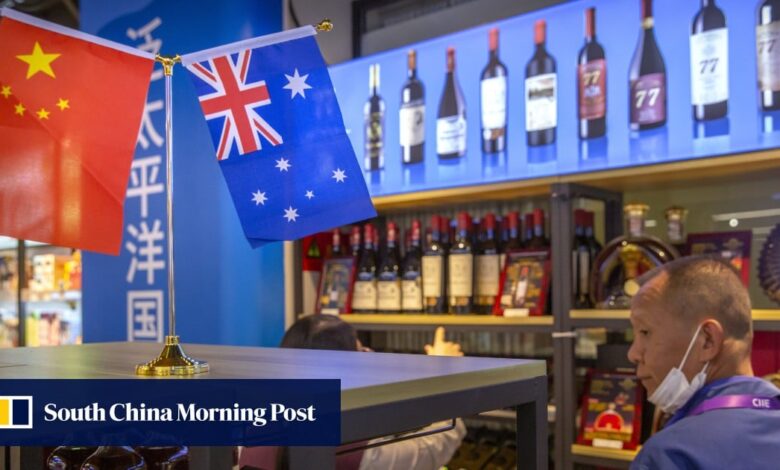Study finds China trade puts money in Australian pockets

As a direct result of trade between China and Australia, households in the latter country have seen several benefits, according to a study released on Wednesday. The findings come at a time of warming relations between the two countries and provide fresh support to the case for economic engagement.
Bilateral trade helped each Australian household earn an extra 2,500 Australian dollars (US$1,589) in the last financial year, equal to 4.5 per cent of disposable income per person. The analysis was published as part of a preliminary release of research administered by the Perth-based Curtin University’s Bankwest Curtin Economics Centre.
The study was commissioned by the Australia China Business Council (ACBC), a business organisation dedicated to the bilateral economic relationship. The full report is scheduled to be launched in early 2024.
“Australia-China trade offers measurable benefits to the average Australian household through the channels of increased employment, higher income and lower prices,” said Alan Duncan, the report’s author and director of the centre.
Curtin University’s research found households in Western Australia benefit most, with an annual 8,500 Australian dollars in additional income mostly driven by Chinese investment in the resources sector.
Benefits became more pronounced following the signing of the China-Australia Free Trade Agreement in 2015.
Around 570,000 jobs in Australia are supported by the country’s economic relationship with China, the research found, representing a 0.25 per cent reduction in Australia’s unemployment rate.
Costs of living have also been reduced because of cheaper and more varied goods from China, and benefits are higher for states with greater shares of Chinese imports.
“What this report continues to show is that it is critical for both Australia and China that we continue to build a stronger, respectful, and meaningful relationship,” council president David Olsson said. “We anticipate that the core trading relationship will remain resilient, as it is fundamentally based on the complementarity of our two economies.”
With ‘no downside’, Australia extends invite to China’s foreign minister Wang Yi
With ‘no downside’, Australia extends invite to China’s foreign minister Wang Yi
China is Australia’s largest trading partner, responsible for around a third of its total exports and a quarter of its total imports in 2022, with the two-way trade-in goods valued at US$195 billion.
Roughly a third of Australia’s manufacturing imports are sourced from China, as are 7 per cent of agriculture imports. China is also a major buyer of Australian natural resources and agricultural products, with minerals and fuels accounting for more than 70 per cent of Australia’s total exports to China.
Tensions have gradually eased after the Labour government took office in May 2022, with China scrapping restrictions on some Australian goods and resuming coal imports.
Australian Prime Minister Anthony Albanese said earlier this month it would be “terrific” if Beijing lifted its remaining import curbs.





